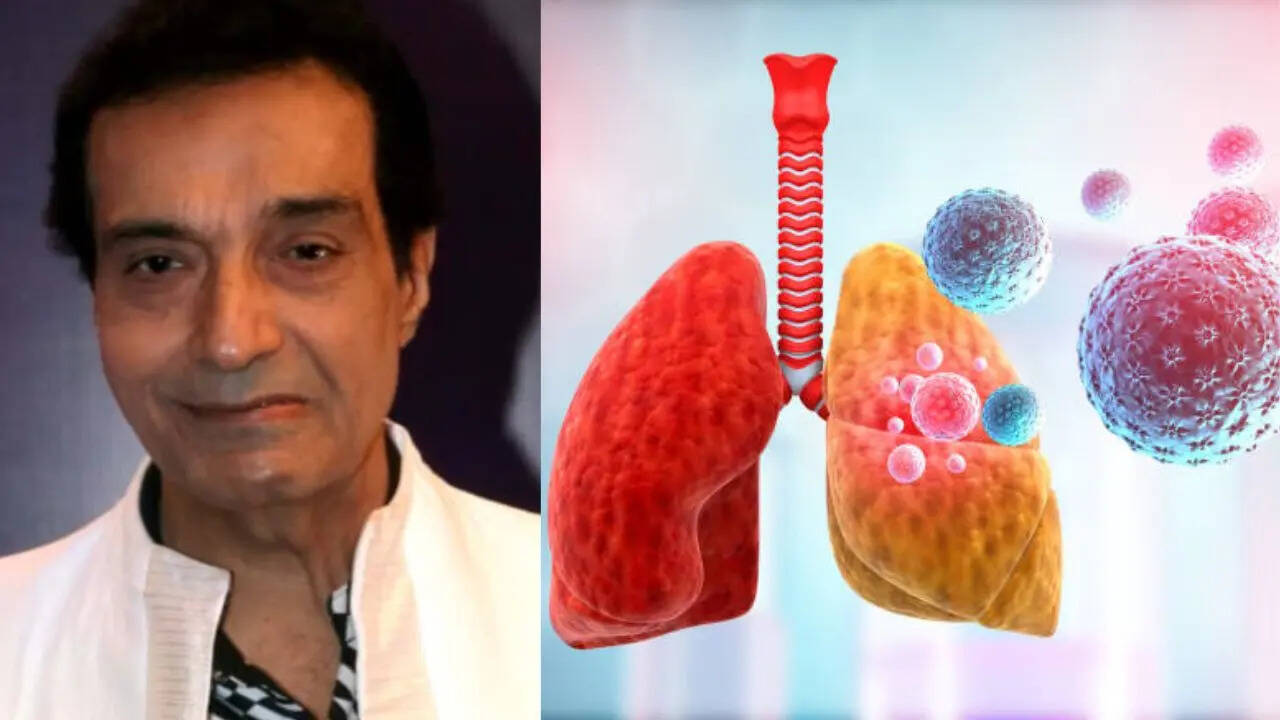Health
Veteran Actor Dheeraj Kumar Dies Following Battle with Pneumonia

Veteran actor and producer Dheeraj Kumar has passed away at the age of 80, reportedly due to cardiac arrest linked to a severe case of pneumonia. His family confirmed that he had been receiving treatment at the Kokilaben Dhirubhai Ambani Hospital in Mumbai, where he was placed on ventilator support in the intensive care unit. In a statement released earlier, his family expressed their gratitude for the medical care he received and requested privacy during this difficult time, saying, “Dheeraj Kumar is under the close supervision of doctors and is undergoing treatment. The family is praying for his speedy recovery.”
Understanding pneumonia is crucial, especially in light of Kumar’s condition. Pneumonia is an infection that inflames the air sacs in one or both lungs, leading to symptoms such as cough, fever, and difficulty breathing. The infection can be caused by a variety of pathogens, including bacteria, viruses, and fungi. According to healthcare professionals, while bacterial pneumonia tends to be more severe, viral pneumonia often resolves without extensive treatment.
What Triggers Acute Pneumonia?
Acute pneumonia develops when the immune system responds to an infection in the alveoli, the small air sacs in the lungs. This immune response causes inflammation and fluid buildup, which can significantly impair lung function. Various organisms can cause pneumonia, with bacteria being the most common culprit in adults, while viruses often affect young children.
Common pathogens leading to pneumonia include:
– The common cold virus (rhinovirus)
– COVID-19
– Influenza virus
– Human parainfluenza virus (HPIV)
– Mycoplasma pneumoniae bacteria
– Pneumococcal disease
– Pneumocystis pneumonia
– Respiratory syncytial virus (RSV)
While pneumonia itself is not contagious, the underlying infections can be. For example, the influenza virus is transmissible and can lead to pneumonia in some cases. The bacteria Streptococcus pneumoniae, a common cause of pneumonia, can spread through respiratory droplets or contact with contaminated surfaces. Fungal pneumonia, on the other hand, is typically not spread from person to person.
Identifying Risk Factors and Symptoms
Certain groups are at a higher risk of developing pneumonia. Individuals over the age of 65 or younger than two years, those with pre-existing lung or heart conditions, and individuals with compromised immune systems are particularly vulnerable. Other high-risk factors include:
– Living in a long-term care facility or hospital
– Smoking
– Pregnancy
– Neurological conditions affecting swallowing, such as dementia or Parkinson’s disease
Symptoms of pneumonia can vary based on the cause, ranging from mild to severe. Infants, young children, and older adults may exhibit different signs. Common symptoms include:
– High fever, potentially reaching up to 40.55°C (105°F)
– A cough that produces yellow, green, or bloody mucus
– Fatigue and tiredness
– Rapid, shallow breathing
– Chest or abdominal pain
– Confusion or altered mental state
Recognizing these signs early can be critical for timely treatment and recovery. As the medical community continues to address pneumonia’s widespread impact, the case of Dheeraj Kumar serves as a poignant reminder of the disease’s potential severity, particularly for vulnerable populations.
-

 World4 months ago
World4 months agoSBI Announces QIP Floor Price at ₹811.05 Per Share
-

 Lifestyle4 months ago
Lifestyle4 months agoCept Unveils ₹3.1 Crore Urban Mobility Plan for Sustainable Growth
-

 Science4 months ago
Science4 months agoNew Blood Group Discovered in South Indian Woman at Rotary Centre
-

 World4 months ago
World4 months agoTorrential Rains Cause Flash Flooding in New York and New Jersey
-

 Sports4 months ago
Sports4 months agoBroad Advocates for Bowling Change Ahead of Final Test Against India
-

 Top Stories4 months ago
Top Stories4 months agoKonkani Cultural Organisation to Host Pearl Jubilee in Abu Dhabi
-

 Science4 months ago
Science4 months agoNothing Headphone 1 Review: A Bold Contender in Audio Design
-

 Top Stories4 months ago
Top Stories4 months agoAir India Crash Investigation Highlights Boeing Fuel Switch Concerns
-

 Sports4 months ago
Sports4 months agoCristian Totti Retires at 19: Pressure of Fame Takes Toll
-

 Business4 months ago
Business4 months agoIndian Stock Market Rebounds: Sensex and Nifty Rise After Four-Day Decline
-

 Politics4 months ago
Politics4 months agoAbandoned Doberman Finds New Home After Journey to Prague
-

 Top Stories4 months ago
Top Stories4 months agoPatna Bank Manager Abhishek Varun Found Dead in Well









